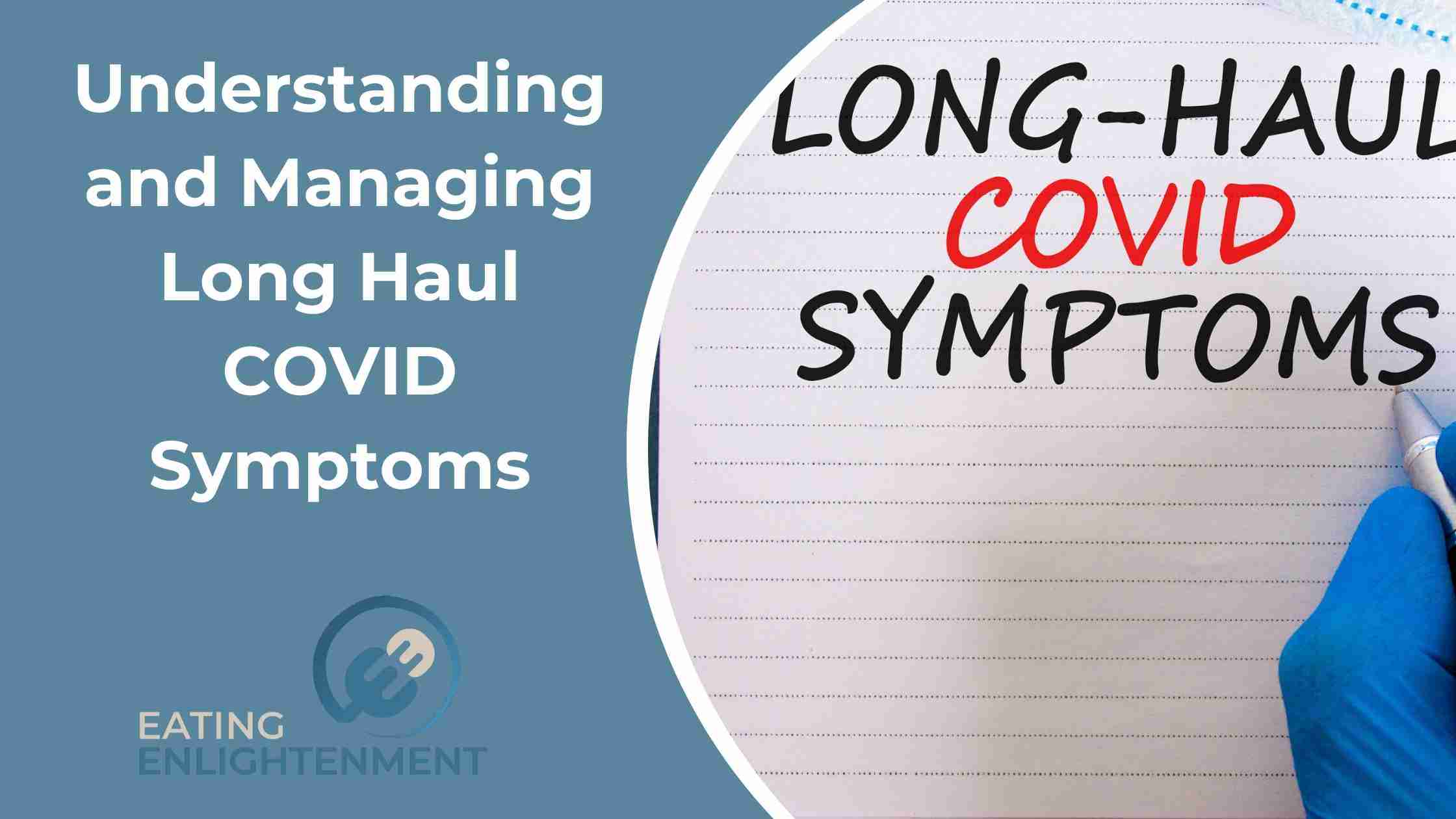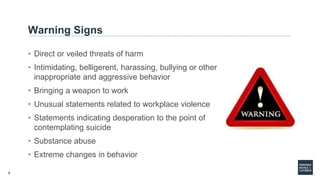Understanding And Managing Long COVID: Canada's New Clinical Guidelines

Table of Contents
Defining Long COVID in Canada's Guidelines
Canada's new clinical guidelines define Long COVID, also known as Post-COVID-19 syndrome or PASC (post-acute sequelae of SARS-CoV-2), as the persistence of symptoms for more than four weeks following an initial SARS-CoV-2 infection, even after the acute phase has resolved. It's crucial to understand that Long COVID is not a single disease but a collection of symptoms that can affect multiple organ systems. The guidelines emphasize the wide range of potential symptoms, highlighting the multi-systemic nature of this condition.
- Differentiation from other post-viral conditions: The guidelines carefully differentiate Long COVID from other post-viral illnesses, emphasizing the unique symptom profiles and potential long-term impacts.
- Emphasis on multi-system involvement: Long COVID can affect numerous organ systems, including the respiratory, cardiovascular, neurological, gastrointestinal, and musculoskeletal systems. This multi-system involvement necessitates a comprehensive approach to diagnosis and management.
- Inclusion of both acute and post-acute sequelae of SARS-CoV-2 (PASC) terminology: The guidelines use both "Long COVID" and "PASC" interchangeably, recognizing the established and emerging terminology used to describe this condition.
Diagnosis and Assessment of Long COVID
The Canadian guidelines emphasize a thorough diagnostic process for Long COVID. This process begins with a detailed patient history, focusing on the symptoms experienced during and after the initial SARS-CoV-2 infection, their duration, and their severity. A comprehensive physical examination is also crucial.
- Role of self-reported symptoms and validated symptom questionnaires: Self-reported symptoms play a vital role, supplemented by validated symptom questionnaires to ensure consistency and accuracy in assessment.
- Importance of ruling out alternative diagnoses: It's essential to rule out other potential causes for the patient's symptoms through appropriate investigations. This is critical to ensure accurate diagnosis and appropriate management.
- Use of blood tests, imaging, and other investigations (where clinically indicated): While there isn't a single definitive test for Long COVID, certain blood tests, imaging studies (such as chest X-rays or cardiac MRI), and other investigations might be used to assess organ function and rule out alternative diagnoses, when clinically indicated.
Management Strategies for Long COVID Symptoms
The Canadian guidelines advocate for a holistic and patient-centered approach to managing Long COVID. This involves addressing individual symptoms while recognizing the interconnectedness of various symptoms and their impact on the patient's overall well-being.
Symptom-Specific Management
The management strategies outlined in the guidelines are highly individualized and depend on the specific symptoms experienced by each patient.
- Long COVID fatigue treatment Canada: Managing fatigue often involves pacing activities, energy conservation techniques, and potentially referral to specialists for assessment and management of underlying conditions.
- Long COVID brain fog treatment: Cognitive rehabilitation therapy, strategies to improve sleep, and stress management techniques can be beneficial in addressing cognitive difficulties.
- Long COVID breathlessness management: Pulmonary rehabilitation, breathing exercises, and medication may be considered to address respiratory issues.
Multidisciplinary Care and Rehabilitation
Given the multi-systemic nature of Long COVID, the guidelines strongly emphasize the importance of a multidisciplinary approach involving various healthcare professionals.
- Roles of different specialists: Physicians, physiotherapists, occupational therapists, psychologists, and other specialists may be involved depending on the patient's individual needs.
- Benefits of rehabilitation programs: Rehabilitation programs tailored to address the specific functional limitations experienced by the patient are crucial for improving physical function, cognitive abilities, and overall quality of life. Long COVID rehabilitation Canada is becoming increasingly recognized as a key element in managing the condition's lasting effects.
Supporting Individuals with Long COVID in Canada
The Canadian guidelines also highlight the importance of support systems for individuals with Long COVID. Access to appropriate healthcare and robust support networks are key to successful management and recovery.
- Access to healthcare services: Ensuring access to timely and appropriate healthcare services, including specialist referrals and comprehensive assessments, is paramount.
- Financial assistance programs: Exploring financial assistance programs is crucial for addressing potential financial burdens associated with prolonged illness and healthcare costs.
- Support groups and online communities: Connecting with support groups and online communities allows individuals to share their experiences, access emotional support, and gain valuable coping strategies. These Canadian Long COVID patient groups offer a sense of community and shared understanding.
Conclusion
The Canadian clinical guidelines represent a significant advancement in understanding and managing Long COVID. By providing clear diagnostic criteria, comprehensive management strategies, and vital support resources, these guidelines aim to improve the lives of millions of Canadians affected by this complex condition. If you are experiencing persistent symptoms following a COVID-19 infection, consult your healthcare provider and explore the resources available to manage your Long COVID symptoms. Understanding and actively managing your Long COVID journey, informed by these new guidelines, is crucial for improving your quality of life. Learn more about accessing the full Canadian Long COVID guidelines and available support networks today. Take control of your health and find the support you need to manage your Long COVID in Canada.

Featured Posts
-
 Interview Chiquis Reflects On Her Impact Award And Career
May 29, 2025
Interview Chiquis Reflects On Her Impact Award And Career
May 29, 2025 -
 Pacers Defeat Nets In Overtime Mathurins 28 Point Performance
May 29, 2025
Pacers Defeat Nets In Overtime Mathurins 28 Point Performance
May 29, 2025 -
 Toprak Razgatlioglu Denies Moto Gp Transfer Talks
May 29, 2025
Toprak Razgatlioglu Denies Moto Gp Transfer Talks
May 29, 2025 -
 Oranjegekte In Liverpool Reisverslag Van Nederlandse Fans Voor De Titelstrijd
May 29, 2025
Oranjegekte In Liverpool Reisverslag Van Nederlandse Fans Voor De Titelstrijd
May 29, 2025 -
 Political Motivation Alleged Le Pen Addresses Conviction At Paris Gathering
May 29, 2025
Political Motivation Alleged Le Pen Addresses Conviction At Paris Gathering
May 29, 2025
Latest Posts
-
 Mobile Game Makers Apple Win Signals A Potential Windfall
May 31, 2025
Mobile Game Makers Apple Win Signals A Potential Windfall
May 31, 2025 -
 Investigating The Link Between Algorithmic Radicalization And Mass Shootings
May 31, 2025
Investigating The Link Between Algorithmic Radicalization And Mass Shootings
May 31, 2025 -
 The Role Of Algorithms In Radicalization Are Tech Firms Liable For Mass Shootings
May 31, 2025
The Role Of Algorithms In Radicalization Are Tech Firms Liable For Mass Shootings
May 31, 2025 -
 Millions Stolen Hacker Targets Executive Office365 Accounts Fbi Claims
May 31, 2025
Millions Stolen Hacker Targets Executive Office365 Accounts Fbi Claims
May 31, 2025 -
 Algorithms And Mass Shootings Examining Corporate Liability
May 31, 2025
Algorithms And Mass Shootings Examining Corporate Liability
May 31, 2025
